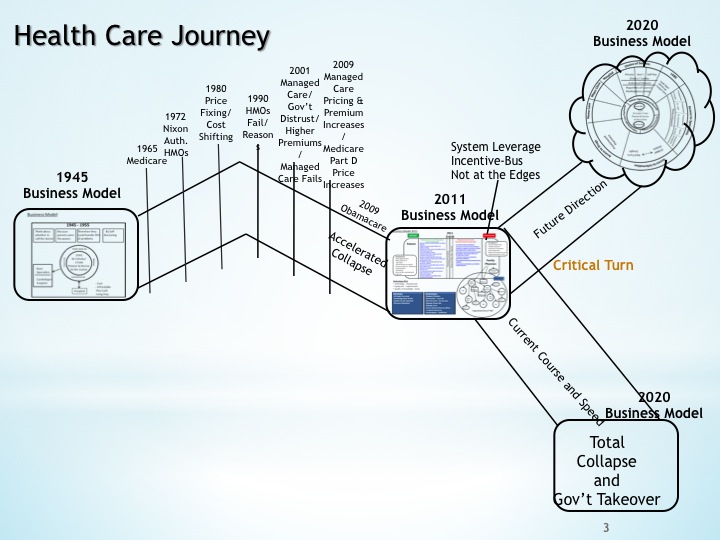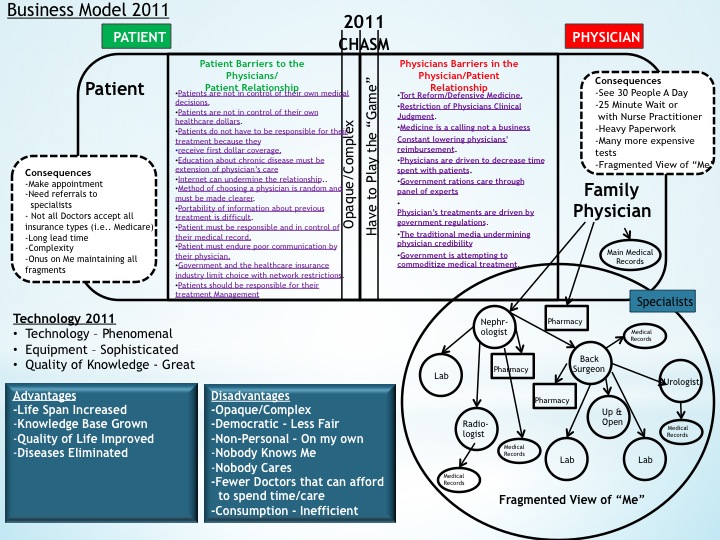Hospital Systems Are Finally Realizing There Are Problems With Obamacare
Stanley Feld M.D.,FACP, MACE
Hospital systems loved the prospect
of Obamacare. Physicians would be forced into full time salaried hospital
system positions. Hospital systems would own physicians’ intellectual property
and surgical skills.
Physicians would be the hospital
systems’ cash cow. Its brick and mortar model was failing. Surgery and recovery
from surgery was improving. Length of hospital stays was decreasing.
The problem hospital systems were
discovering was that physicians were not as productive when salaried as they
were when they owned their own practices.
Surgery was being performed as
outpatient surgery in freestanding surgery centers. Physicians own most of
these surgery centers independent of hospital systems.
The healthcare insurance industry has
even encouraged their use. The Obama administration doesn’t like them because they
encourage patient choice and independence. This is the opposite of Obamacare's goal of government dependence and control of patient choice.
Hospital systems thought Obamacare
would provide millions of newly insured patients. This would translate to
higher profits for the hospital systems.
Obamacare’s supposed
goal was
improving access to care for low-income families and individuals. Hospital systems were led to believe that they would treat more
patients with health insurance through expanded Medicaid eligibility.
With the
introduction of health insurance exchanges, low-income individuals would be
able to purchase healthcare insurance coverage at a subsidized rate.
The subsidy would
come in the form of a tax credit. Hospital systems did not realize that low-income
families do not pay taxes so they would not pay any tax to apply a tax credit.
These families making up to $38,000 dollars a year could not afford the lowest
insurance of $12,000 dollars a year. They would opt to not buy the health
insurance exchange offerings.
The health
insurance exchanges would not reduce the amount of uncompensated care provided
by the nation's hospitals.
Suddenly hospital
systems realized that their hospital consultants were wrong. While it sounded good on paper, many hospital
finance administrators are terrified that Obamacare will result in a hospital
system taking great losses as a result of decreased reimbursement and a
decrease in the promised insured population.
“Tim
Nguyen, corporate controller at Palomar Health, a San Diego–based system with
690 licensed acute care hospital beds and $2.5 billion in gross annual revenue,
says there is a catch-22 built into the healthcare legislation that will
ultimately hurt hospital systems.”
There is another catch to Obamacare. I cannot
tell if this was an unintended consequence or purposeful deception by the Obama
administration. The exchanges will have
different tiers with different deductibles and copays.
"These
patients will still be responsible to pay, and they probably don't make that
much money and are likely to choose the silver or bronze tier to keep the
premiums low. … That will increase our bad debt even though they have
insurance."
The low- income
families will believe they have good insurance coverage. If they get sick they
will be responsible for the high deductibles and co-pays.
If they choose to buy
the insurance they will use the hospital facilities without realizing that the
insurance does not cover everything.
After hospitalization
they will be hit with a bill they cannot afford. The hospital system will
pursue payment but will not be able to collect. The hospital will have to write
it off.
There is total
uncertainty about the rules. However, before a hospital system should accept
the program they should know the rules. Their participation can ruin them financially.
Marlene Zurack is senior vice president of
finance and chief financial officer for New York City Health and Hospitals
Corporation (HCC). HCC is a municipal integrated healthcare delivery system
with $7.1 billion in total operating revenue when combined with HHC's MetroPlus
health plan.
She is doubtful that the insurance exchanges
will result in a net benefit to her organization. She insures 1.4 million
people. The systems treat 475,000 uninsured patients. She has two problems with
the health insurance exchanges.
She does not know how many of the uninsured
will get insurance, what level of insurance will they buy and how much of a
difference the insurance payment is from the Medicaid's Disproportionate Share
Hospital program.
“HHC
is likely to lose revenue in the end, Zurack says, due to cuts being made to
Medicaid's Disproportionate Share Hospital program, which distributes payments
to qualifying hospitals that serve a large number of uninsured individuals.”
In
reality, Zurack says, the cuts will be extremely damaging to hospitals that
serve this population.
New York City Health and Hospital Corporation
is scheduled to lose $17.1 billion dollars between 2014 and 2020 due to federal
cuts In the Medicaid Disproportionate Share Hospital program.
Obamacare is becoming a reality. Hospital
systems such as HCC are realizing the financial impact of Obamacare.
Accountable
Care Organizations are Obamacare’s signature tool to improve access to care and
decrease the cost of care.
The promise to hospital
systems’ is that by increasing efficiency ACOs could increase hospital systems’ profit.
Incorporated into the ACO scheme
is profit sharing with the government if there are reduced costs. Included is
reduction in payment if costs exceed benchmark costs.
Originally there were thirty-two “Pioneer”
hospital systems. The Mayo Clinic and the Cleveland Clinic rejected being
Pioneer participants. The goal of ACOs is to develop integrated care delivery
systems.
Last week 9 of the original 32
Pioneer ACOs withdrew from the original program. CMS gave no explanation for
them leaving.
I believe they realized they
couldn’t integrate their delivery system the way the government wants.
They cannot make any money
participating in the Medicare Shared Savings Program.
Seven of the nine are applying to transition
to the Medicare Shared Savings Program, while two are abandoning the program
completely. CMS declined to identify which ACOs are leaving the Pioneer program
and which are simply shifting to the MSSP.
- Prime Care Medical Network Inc., an IPA-based ACO serving San
Bernadino and Riverside counties in California. - University of Michigan Health System in Ann Arbor.
- Physician Health Partners LLC, a medical management company in
Denver. - Seton Health Alliance, a network of providers comprised in the
11-county Austin area. - "Plus ACO," a partership between North Texas Specialty
Physicians and Texas Health Resources - Healthcare Partners Nevada ACO LLC, a multispecialty medical
group and IPA serving Clark and Nye counties in Nevada - Healthcare Partners California ACO LLC, a multispecialty medical
group and IPA serving Los Angeles and Orange counties in California. - JSA Care Partners LLC, a primary medical group and IPA serving
the Orlando, Tampa and South Florida area. - Presbyterian Healthcare Services, an integrated delivery system
serving the Albuquerque area.
“Plus
ACO”, a partnership between Texas Health Resources and North Texas Specialty
Physicians, has plans to leave the Pioneer ACO program by mid-August, but the
two organizations say they are open to "remaining in the Pioneer ACO
program if we can find an economically viable way to do so."
ACO’s are doomed. Obamacare is falling apart.
President Obama immediately went on the campaign
trail telling the country how great Obamacare is already.
http://youtu.be/Kyv8ZRkXnfU?t=58s
He continues to ignore problems with Obamacare’s implementation
and costs. He has no regard for America’s financial stability.
Americans’ are starting to understand his attitude.
The opinions expressed in the blog “Repairing The Healthcare System” are, mine and mine alone
Please have a friend subscribe


